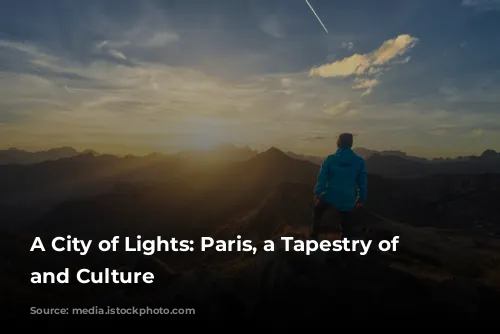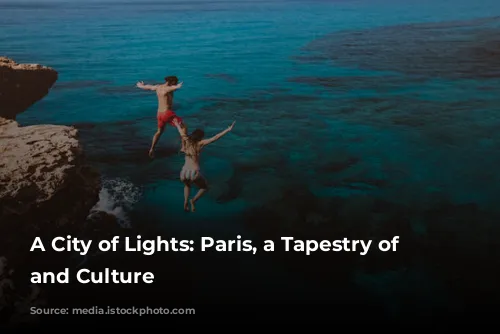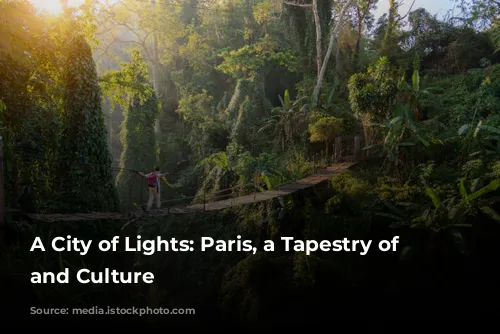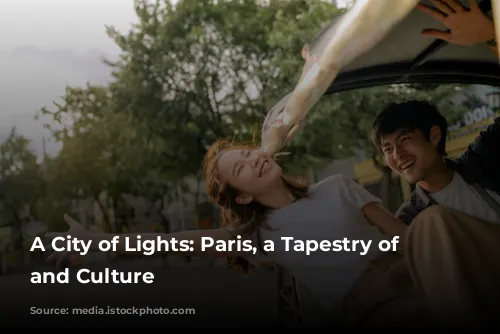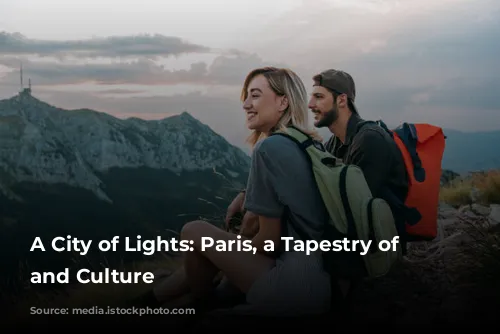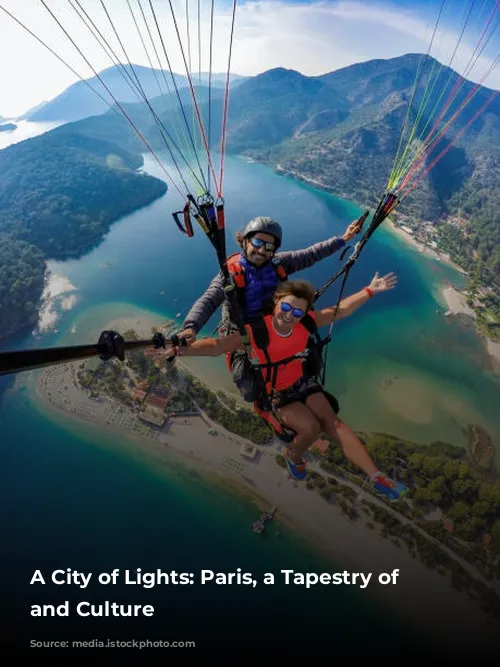Paris, the beating heart of France, stands proudly in the north-central region of the country. This iconic city’s roots stretch back thousands of years, with evidence of human settlements along the Seine River dating back to 7600 BCE. The city’s growth spread outward from the Île de la Cité, a central island in the Seine, eventually engulfing both banks of the river. Nestled within the fertile Paris Basin, Paris is a bustling hub of commerce and culture, a crown jewel in the Île-de-France region. This vibrant metropolis boasts a population exceeding 2.1 million within its city limits and over 10.8 million in its urban agglomeration.
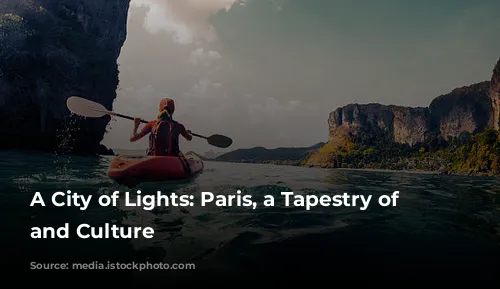
A City of Enduring Charm
For centuries, Paris has captivated the world with its undeniable allure. The city’s rich tapestry of history and culture draws visitors from every corner of the globe. Its gastronomy is a symphony of flavors, its haute couture a testament to unparalleled artistry, its painting and literature a testament to the human spirit’s creative power. The city’s intellectual community is renowned for its brilliance, and its lively entertainment scene keeps Parisians and tourists alike enthralled. Paris’s nickname, “The City of Light” (la Ville Lumière), earned during the Enlightenment, holds true even today, as it remains a beacon of knowledge and intellectual exploration.
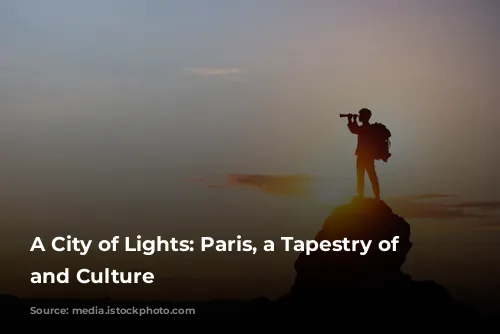
A City of Crossroads
Paris‘s strategic location at the intersection of land and water routes has played a pivotal role in its growth. The city’s history is woven into the fabric of France and Europe. Under Roman rule in the 1st century BCE, the Île de la Cité became the capital of the Parisii tribe and territory. In 494 CE, the Frankish king Clovis I seized Paris from the Gauls, making it his capital. Under the reign of Hugh Capet (987-996) and the Capetian dynasty, Paris’s dominance solidified, laying the foundation for its transformation into the political and cultural heart of modern France.
The centralizing power of France throughout history has drawn talent and vibrancy from its provinces, further bolstering Paris’s influence.
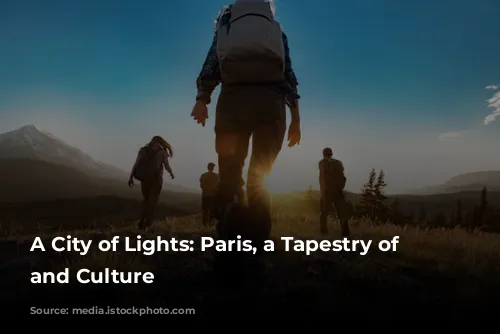
A City Defined by the Seine
The Seine River acts as the city’s defining artery, shaping the city’s landscape and its historical narrative. The Île de la Cité sits at the heart of this grand river, a symbol of the city’s religious and temporal authority. The Left Bank (Rive Gauche) has traditionally been the home of intellectual life, while the Right Bank (Rive Droite) houses the city’s economic heart. While these distinctions have softened over time, the Seine’s influence on the city’s development is undeniable.
The confluence of these diverse functions, at the center of France and later, an empire, has resulted in a dynamic and vibrant environment. But this very vitality has also fueled internal conflict. The struggle for power has often erupted into violence, with the years 1358, 1382, 1588, 1648, 1789, 1830, 1848, and 1871 etched in history as times of great social and political turmoil.
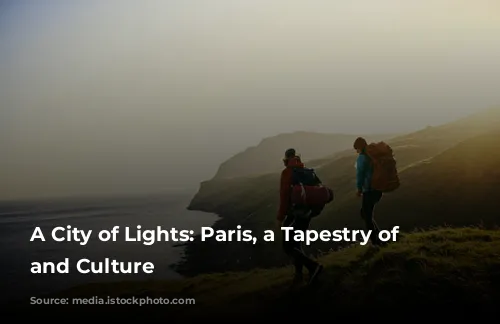
A City of Expanding Horizons
Throughout its evolution, Paris has retained the circular shape of its early days. Its borders have expanded outward, absorbing surrounding towns (bourgs), originally founded around monasteries or churches, often serving as marketplaces. From the mid-14th to the mid-16th century, the city’s growth predominantly pushed eastward. However, since then, its westward expansion has been more pronounced. Paris is divided into 20 arrondissements (municipal districts), each with its own mayor, town hall, and unique character. The numbering system follows a spiral pattern, starting at the city’s heart and moving outward in a clockwise direction, ending in the far east. Parisians affectionately refer to their arrondissement by its number, from the first (premier) to the twentieth (vingtième).
This remarkable urban expansion, fueled by immigration, housing demands, and the need for social infrastructure, public utilities, and zoning, has created a vast urban agglomeration.

A City of Parks and Green Spaces
Positioned in the heart of the Île-de-France region, Paris is cradled by the Seine, Oise, and Marne rivers. The city is encircled by majestic beech and oak forests, aptly dubbed the “lungs of Paris” for their role in purifying the air in this heavily industrialized region. The city proper is relatively compact, with no point farther than 6 miles (10 km) from the square in front of Notre-Dame Cathedral. The city sits in a depression formed by the Seine, with surrounding heights marking its natural boundaries. The city’s elevation varies from 430 feet (130 meters) at the butte of Montmartre in the north to 85 feet (26 meters) in the Grenelle area in the southwest.
The Seine flows for approximately 8 miles (13 km) through the heart of Paris, passing through 10 of the 20 arrondissements. The river enters the city from the southeast, flows northwestward, and then gradually bends southwestward, eventually leaving Paris at its southwest corner. This flow creates a unique phenomenon, where what begins as the river’s east bank becomes its north bank and ultimately its west bank. To simplify navigation, Parisians have adopted the unchanging terms Right Bank and Left Bank (when facing downstream). Specific locations are often identified by their arrondissement or quartier (neighborhood).
At water level, roughly 30 feet (9 meters) below street level, the Seine is bordered by charming cobbled quays, adorned with trees and shrubs, except where transformed into expressways. A second line of trees leans towards the water from street level. Between these two levels, the retaining walls, typically constructed from massive stone blocks, are decorated with sturdy iron rings that once secured merchant vessels. Some walls are pierced by openings that were once used as water gates for palaces or access points for subways, sewers, and underpasses. Patches of ivy lend a touch of wild beauty to the walls.
The Seine‘s open waters, lined with trees, contribute significantly to the city’s image as a green oasis. Tens of thousands of trees, primarily plane trees with a sprinkling of chestnut trees, line the city’s streets, and numerous public parks, gardens, and squares dot the landscape. Many of the parks and gardens in the city center occupy land once reserved for the kings on the city’s outskirts. Inspired by the parks of London, Napoleon III transformed two ancient royal military preserves at the city’s entrances into “English” parks – the Bois de Boulogne to the west and the Bois de Vincennes to the east. During his reign, vast tracts of land were also transformed into promenades and garden squares. In the late 20th century, under Mayor Jacques Chirac, the city government initiated efforts to create new parks, a trend that continues into the 21st century.
One particularly innovative project, the Promenade Plantée, is a partially elevated parkway built along an abandoned rail line and viaduct in the 12th arrondissement (municipal district), on the right bank of the Seine River. This groundbreaking project, completed in 1994, was the world’s first elevated park and the first “green space” constructed on a viaduct. Its success has inspired other cities to repurpose abandoned rail lines into public parkland. This remarkable feature stretches for approximately 4.5 km (about 3 miles) from the Opéra Bastille to the Bois de Vincennes. Beneath the elevated portion lies the Viaduc des Arts, which runs along the Avenue Daumesnil. Its historic archways now house specialized commercial establishments, breathing new life into these once-forgotten spaces.
Paris, a city steeped in history, culture, and innovation, continues to evolve and enchant the world. From its ancient origins to its modern dynamism, Paris remains a captivating tapestry woven with threads of art, intellect, and beauty, a city that continues to inspire and captivate the human spirit.
